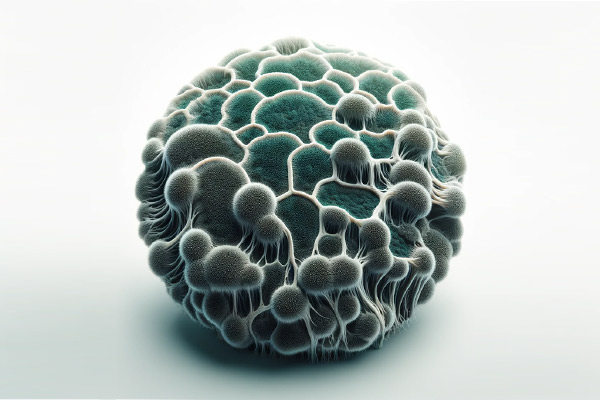Mold in air ducts is a significant concern, impacting not just the quality of indoor air, but also potentially affecting health.
Understanding the diverse types of mold commonly found in air ducts and utilizing the latest information and solutions is crucial for maintaining a healthy indoor environment.

This mold often appears black, green, or brown and is particularly common in moist areas like air ducts. Recent studies have further revealed its potential to exacerbate respiratory issues, especially in those with allergies or asthma.
Cladosporium can thrive even in cooler temperatures, making it a year-round concern.

Recognized by its blue or greenish hue, Penicillium proliferates on organic materials in damp environments, like inside moist ductwork.
Updated research emphasizes its role in indoor air quality issues, as it can spread quickly and potentially contribute to respiratory problems.

This mold varies in color and is common both indoors and outdoors. Certain Aspergillus species are of particular concern due to their ability to produce mycotoxins, which can be harmful if inhaled.
It's important to identify and address Aspergillus promptly due to these potential health risks.

Notorious for its dark green or black color, this mold is often associated with prolonged moisture exposure, such as from water leaks.
Recent findings have linked this type of mold to severe respiratory issues, making its early detection and removal crucial for maintaining healthy indoor air.

This mold thrives in damp environments and is often found in air ducts with moisture issues. It typically appears as velvety or hairy and can be one of the first molds to develop in a moist environment.
Updated research suggests that Alternaria can be a significant allergen, making its control a priority in air duct maintenance.
Mold in air ducts can be hard to spot. Signs include a musty smell from vents, visible mold on duct surfaces, or a history of water damage in your home.

Getting rid of mold in air ducts needs a professional touch. Here’s what the experts do:
Knowing about different molds and how to tackle them helps keep your home's air clean. If you suspect mold in your ducts, call a professional for safe removal.
Regular checks and maintenance can prevent mold, ensuring your home is a healthy place to live. Remember, mold in air ducts is more than a nuisance—it can affect your health. Stay on top of inspections and act quickly to maintain a mold-free, healthy home.